- Home
- Scope Awards
- Scope Awards 2025 shortlist
Barbie Fashionistas by Mattel
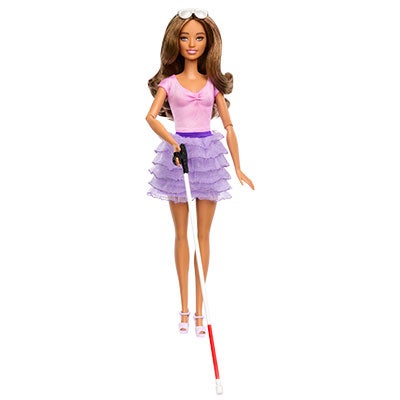
In 2024, Barbie introduced its first blind Fashionista doll developed with the American Foundation for the Blind (AFB). The Barbie Fashionistas series is the brand's most diverse doll line. It offers more than 175+ looks in a variety of skin tones, hair textures, body types and disabilities. The dolls aim to advance Barbie’s continued goal of allowing more children to see their world reflected through play.
Lake District National Park Authority
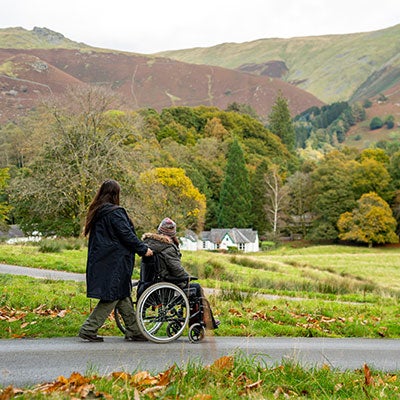
Miles without Stiles offers walking routes for everyone. Some paths follow rivers or wind through woodlands. These routes boast breathtaking scenery and views. They provide those with access needs a chance to experience the beauty of the Lake District National Park, World Heritage Site. Barriers are removed, allowing disabled individuals to explore freely. There's no need to worry about stiles or walls.
Tailo by Estendio
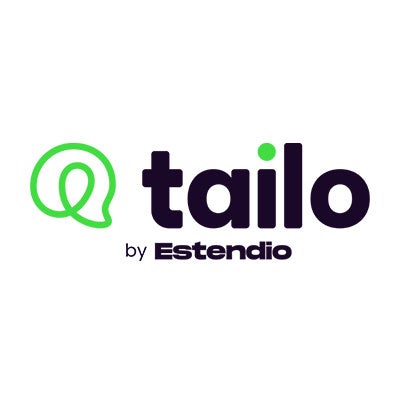
Tailo is a reading platform designed for neurodivergent students. It makes complex texts easier to understand. This is the latest innovation from Estendio, the company behind the award-winning app Present Pal. Chris, Estendio's founder, has dyslexia. He wants to empower disabled students with tools that break down learning barriers. They also help with self-advocacy. Since each student is unique, Tailo helps them read and process academic content in their own way.
Speak Easy by Nationwide Building Society
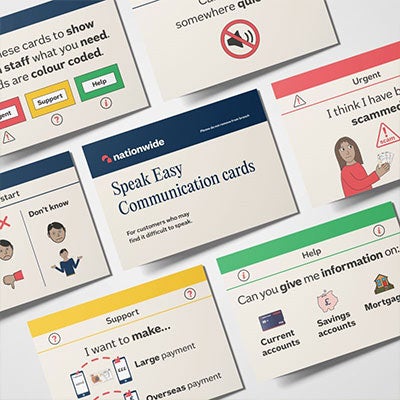
It's estimated that 1 in 5 people in the UK will experience a communication difficulty. Speak Easy is a set of cards which can be used to communicate instead of speaking. It was launched in all 605 branches in September 2024. Each card has a commonly used banking phrase and an image to show what the card means. Customers can find the phrase they want to show it to a colleague to start a conversation.
Chris McCausland
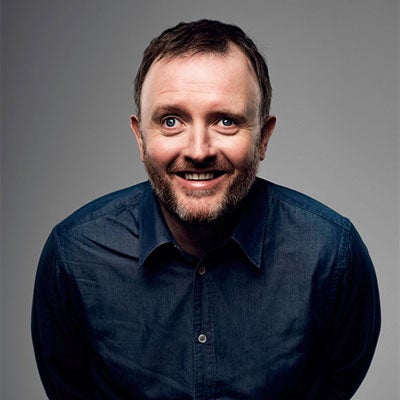
Chris McCausland is a stand-up comedian, actor, and Strictly Come Dancing winner. He is an established favourite on flagship comedy shows like Have I Got News for You and Would I Lie to You. In 2023 Chris had his own travel series on Channel 4, Wonders of the World I Can’t See. Chris is blind and lost his sight gradually due to a genetic condition called Retinitis Pigmentosa.
Sophie Morgan
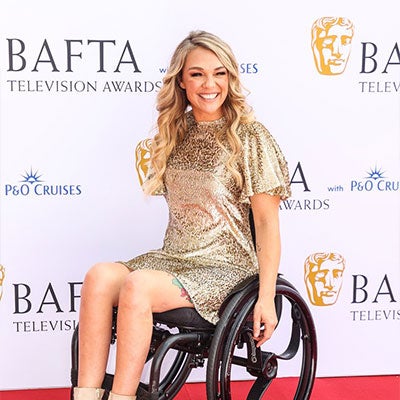
Sophie Morgan is a British TV presenter, producer, travel writer, speaker, and disability advocate. She is known for breaking barriers in media and travel. A wheelchair user since 18, Sophie has hosted major programs for NBC, Channel 4, and the BBC. She writes for Condé Nast Traveller, The Sunday Times, and Wanderlust. She founded Rights on Flights and co-owns Making Space Media with Reese Witherspoon’s Hello Sunshine. Making Space drives inclusion in storytelling and tourism. And advocates for systemic change worldwide.
Dame Sarah Storey
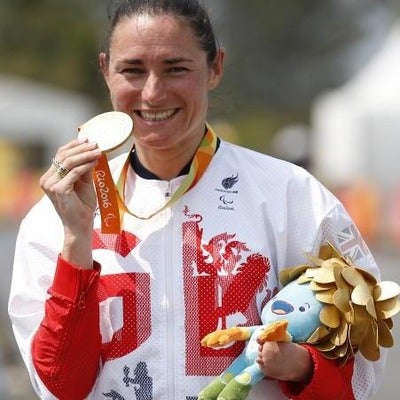
Dame Sarah Storey is Britain's most successful Paralympian. She symbolises resilience and excellence in elite sports. In Paris, she won her 18th and 19th gold medals. She used the moment in press to address the gap between men's and women's cycling. And called for equal race distances in the Paralympics. After her success in Paris, she earned a nomination for the 2024 BBC Sports Personality of the Year.
Jordan Stephens
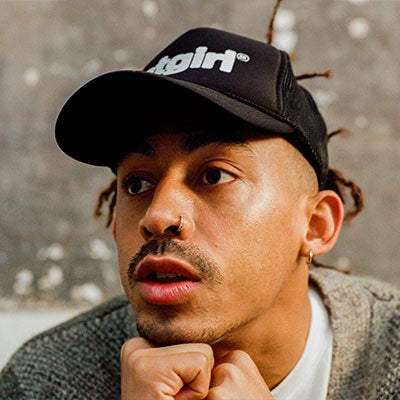
Jordan Stephens is a creative, musician, writer and performer, perhaps best known as one half the chart-topping duo, Rizzle Kicks. Diagnosed with ADHD twice, he faced a tumultuous journey in his teens and 20s. Career success and deep friendships marked his life, but so did self-harm, hedonism, and heartbreak. He's been open about his mental health struggles, aiming to reduce stigma. In 2024, he published a book titled Avoidance, Drugs, Heartbreak and Dogs (ADHD).
ADHD Babes
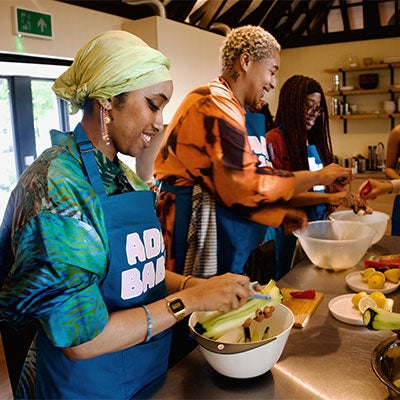
ADHD Babes offers a safe space for Black women and non-binary people with ADHD, who often feel ignored by regular services. Their workshops give practical tools to manage ADHD, access benefits, and succeed in careers. Creative events help members connect and express themselves. Many say the community has changed their lives. One member even said, “ADHD Babes saved my life.”
Neurodiversikey
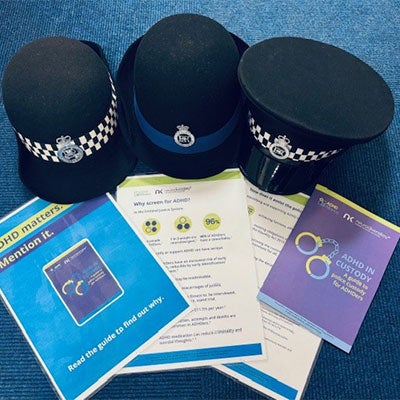
neurodiversikey® launched in October 2023 to make the justice system and legal sector neuroinclusive. They focus on education, training, and raising awareness. They co-wrote a guide for people with ADHD in police custody. They also conducted surveys on neurodiversity in legal education and practice. They created open-access resources and events. They follow the principle of “nothing about us without us.” As a fully neurodivergent organisation, they use their lived experiences to guide their work.
Reverse the Ban York
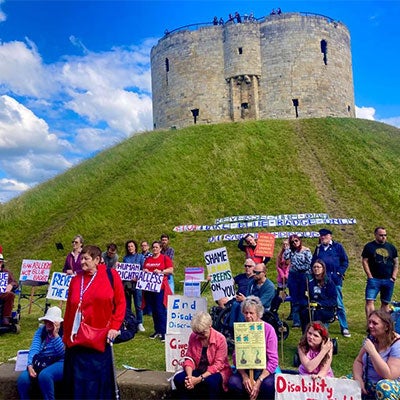
Reverse The Ban York is an inspiring group of disabled volunteers and allies. They campaigned for years to lift the permanent ban on blue badge holders parking in York city centre, also known as the "FootStreets." A coalition of 27 Disabled People's Organisations stood firm. They rejected the idea that disability rights and human rights must be sacrificed for “security”.
Wheels for All
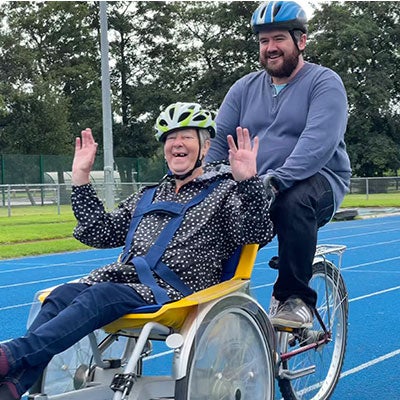
Wheels for All is a national accessible cycling charity. They promote inclusive cycling through a range of successful community engagement programmes. This gives people the opportunity to cycle on a regular basis with help, support and guidance. Wheels for All Hubs across England provide a range of specially adapted cycles. Their dream is of a world where every disabled person can feel the exhileration, joy and empowerment of cycling.
Evtec Automotive
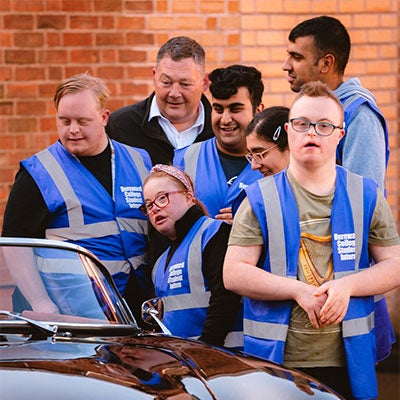
Evtec Automotive is a one-stop shop for assembled automotive products, focused on people. Managing Director Kevin has increased the proportion of the workforce who identify as disabled to over 40%. Evtec have launched supported internships and work experience programmes for over 140 disabled students. 11 of whom are now in paid roles at Evtec. Evtec believes the best way to assess someone's ability is to give them a chance to do a job, with the right support in place.
Happy Smiles Training CIC
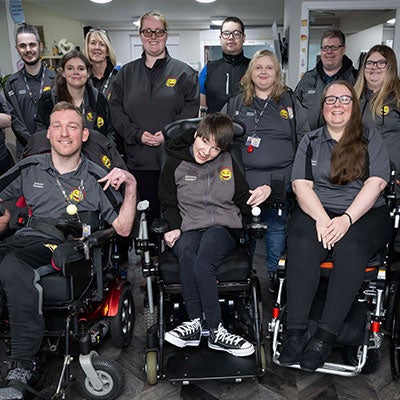
Happy Smiles Training is a social enterprise led by disabled people. It promotes inclusion and diversity. In the past year, disabled representation in their workforce rose to over 92%. All paid staff have lived experience. In 2024, they used training income to build a new, accessible office. This improved staff well-being and set a standard for inclusion. Their approach combines lived experience-led delivery with ongoing peer mentorship. Every staff member and volunteer reports increased confidence and purpose.
Inkfire
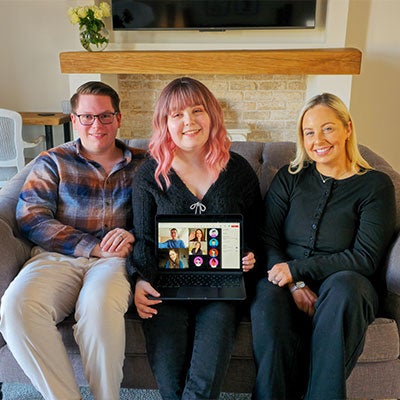
Inkfire is the only agency in the world led entirely by people with disabilities. In 2024, the team grew to 14 members. They all earn a living wage and have lived experience with disabilities. As a fully disabled team, they created a remote, flexible work environment. This setup allows everyone to thrive in their own way. By working globally, they’ve dismantled invisible barriers. Inkfire shows that accessibility and inclusion drive creativity and innovation.
The Royal Orthopaedic Hospital NHS Foundation Trust
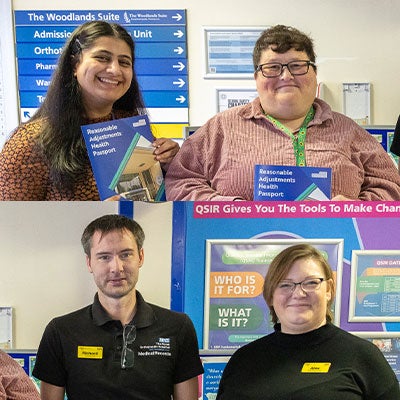
The Royal Orthopaedic Hospital is one of the largest specialist orthopaedic hospitals in Europe. It leads in disability equality. Its ABLE network has introduced a staff passport for reasonable adjustments. This passport comes with an Easy Read version and educational materials. The hospital also launched educational posters on specific disabilities. And an exhibition called Beyond the Stigma. The exhibition showcases stories from disabled colleagues. This project has reduced stigma and encouraged open conversations about disability.
Frances Ryan
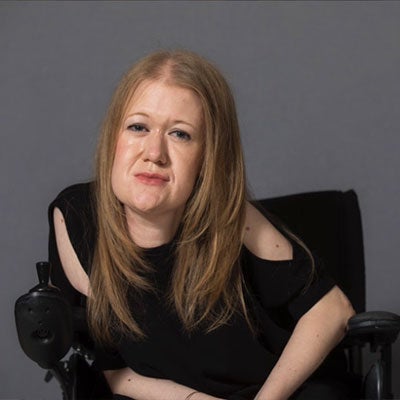
Frances Ryan is a Guardian columnist and journalist. In the past 18 months, Frances has been named Commentator of the Year andhelped to overturn a controversial care home policy. She finished her groundbreaking book on life for disabled women in Britain. And she has held governments to account for their disability benefit reforms. Frances also uses her journalism to highlight positive depictions of disability in popular culture. Her work has featured on the front pages of the Guardian, The New York Times, and British Vogue.
Jennie Kermode
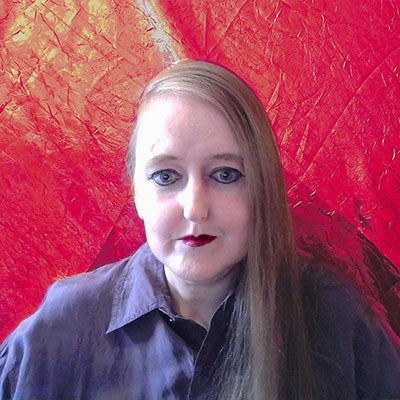
Jennie Kermode is an author, journalist, and human rights advocate. She specializes in LGBTQ+ issues and film. Her work focuses on the intersectionality of disability and other identities, like LGBTQ+ status. It brings a nuanced view to disability rights discourse. Jennie has championed diversity in the arts. She works tirelessly to create a world where disabled people can thrive without barriers. She wants neurodivergent and disabled voices to be heard.
Drew Hyndman
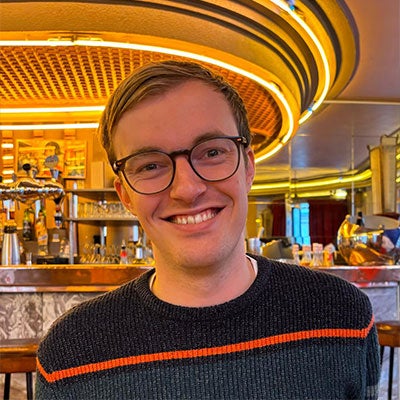
Drew Hyndman is a journalist and producer at the BBC. He has been advocating for and reporting on disabled people and their stories since his career began. He produces the BBC's leading disability podcast, Access All. Drew has introduced disabled-led stories to programmes across the BBC. He has also worked to improve support for disabled and neurodivergent staff at the BBC. Drew has also spoken openly about his experiences as an autistic and ADHD journalist.
Alex Taylor
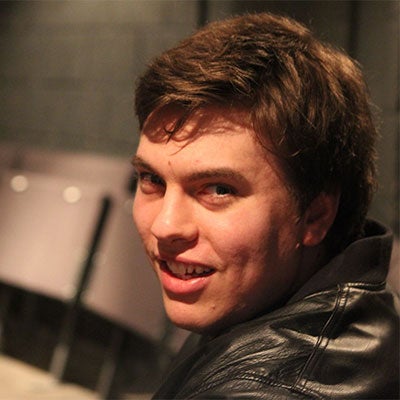
Alex Taylor is a BBC culture reporter. He tackles disability issues through impactful journalism. Alex's investigations have exposed airlines charging disabled passengers double and poor wheelchair access at Ibiza nightclubs. As well as a national crisis in accessible housing. Alex has also challenged dating stereotypes in disabled and non-disabled relationships. In the online space, he recently explored how South Park’s disabled character is being manipulated on TikTok to fuel real-life hate. These stories aim to spark change, reflecting a commitment to championing disability equality.
Crohn’s and Colitis UK
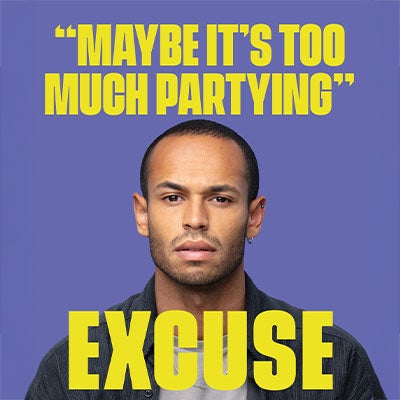
Crohn's and Colitis UK's Cut the Crap Campaign aims to end the stigma and confusion around Crohn's disease and Colitis. The campaign's bold, direct approach spoke to audiences. It helped many seek a diagnosis. The campaign featured a powerful video as well as digital and print adverts. It also featured an online symptom checker which has been used over 250,000 times.
BBC Extend campaign
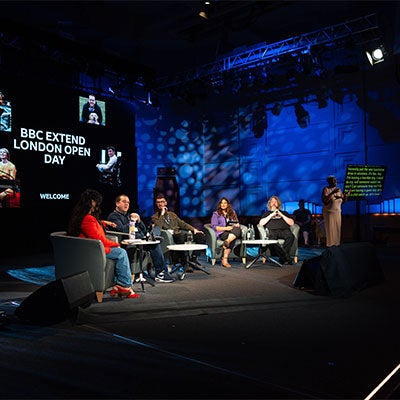
BBC Extend is an employment attraction campaign for deaf, disabled, or neurodivergent people. BBC Extend ringfences roles that only people defined as disabled by the Equality Act can apply for. The campaign focuses on increasing the level of disabled talent at the BBC. It offers disabled people tailored job opportunities, events, and webinars to help them start a career at the BBC.
Valuable 500
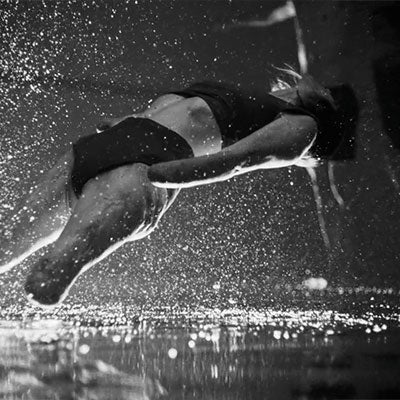
Valuable 500 is a global group of 500+ partners and businesses. Together, they aim to end disability inequality. They launched a video campaign for SYNC25, a global summit on disability inclusion. The summit will unite leaders from all sectors to accelerate inclusion for disabled people worldwide. The video featured disabled talent both in front of and behind the camera.
Channel 4’s Paralympics ad ‘Considering what?’
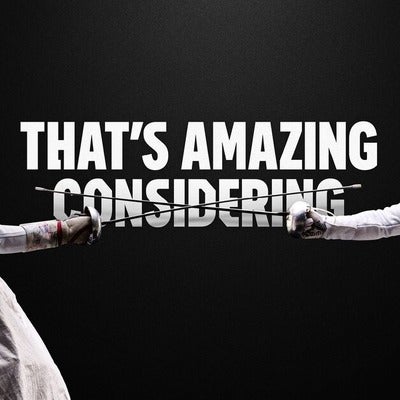
Channel 4's 'Considering What?' campaign highlights the barriers Paralympians have to overcome to reach greatness. It's not their disability. It's the same forces any athlete must defeat: gravity, friction, and time. The campaign is a response to the disabled community's criticism that the term ‘overcoming’ was patronising and othering. Because it’s time we all saw Paralympians the way the forces do – not as Superhumans – but simply as elite athletes.
Fight to Fly
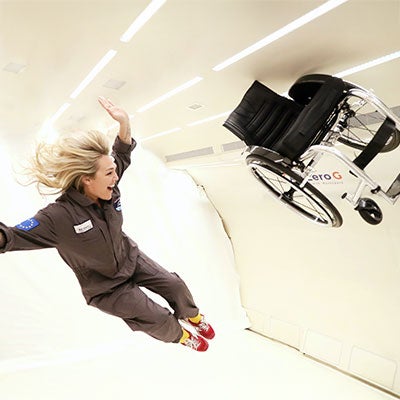
Fight to Fly is a documentary about the inaccessibility of air travel. It features the biggest ever undercover filming operation by disabled people on UK TV. And shows disability advocate and presenter Sophie Morgan becoming the first British female paraplegic to travel to zero gravity. Disabled volunteers undercover filmed the discrimination they face when flying. The film drew apologies from the airlines and airports. And prompted the Government to pledge to improve the experience for disabled flyers.
Follow the Signs
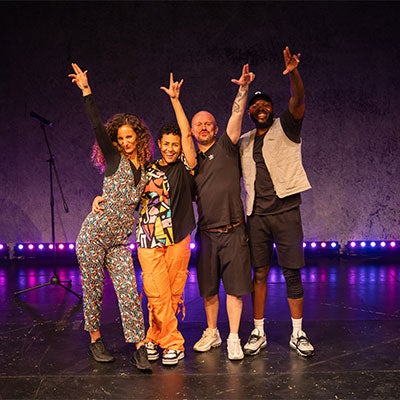
A fully BSL-led hip-hop gig theatre show, Follow the Signs is performed in BSL, rap, spoken English, and movement, with creative captioning. It aims to be shared and celebrated by Deaf and hearing audiences together. It tells the story of acclaimed dancer and choreographer Chris Fonseca. He became Deaf as an infant after contracting meningitis. A school system that could not value his differences failed him. Then, in his teenage years, music and dance entered his life.
The Assembly
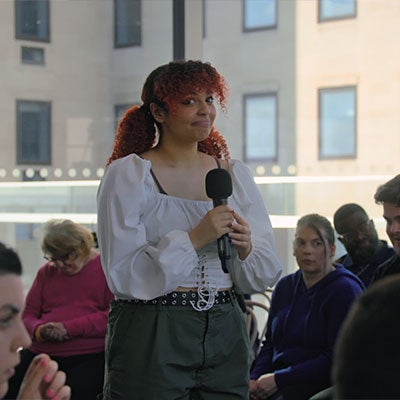
The Assembly features a cast of thirty-five autistic, neurodivergent or learning disabled interviewers. They question an A-list celebrity in one extraordinary TV interview. In this half-hour special, it’s award-winning actor Michael Sheen who faces the grilling of a lifetime from this unique collective. No subject is out of bounds, no question off the table: glorious chaos ensues.
Strictly Come Dancing
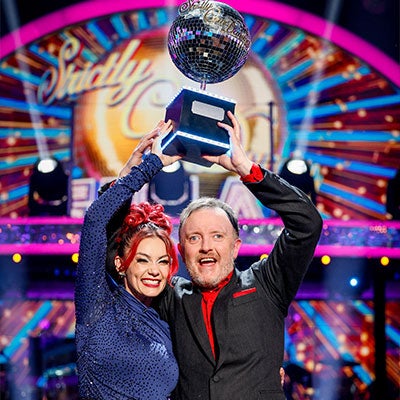
This year, Strictly Come Dancing has championed disability representation. Comedian Chris McCausland made history as the first blind contestant and winner. Tasha Ghouri became the second deaf contestant. Chris' success has highlighted how accessible teaching and reasonable adjustments can help disabled people reach their potential. It has challenged attitudes about what blind people can achieve.
We Might Regret This
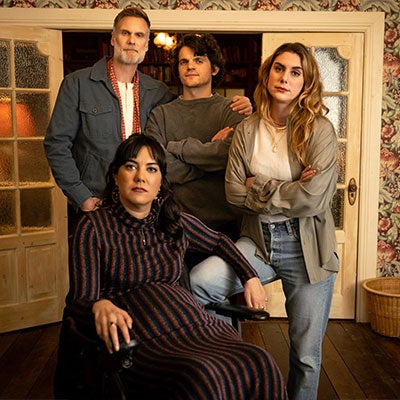
We Might Regret is a six part BBC comedy series about Freya, a queer disabled Canadian artist who relocates to the UK. The show is a watershed moment for disability representation. Freya needs 24/7 support from a PA, and we see her navigate this presence alongside her relationship. The series also explores issues around tokenism, grief, independence and care. Critical success has resulted in two further commissions of the series.
Rose Ayling-Ellis presenting at the Paralympics
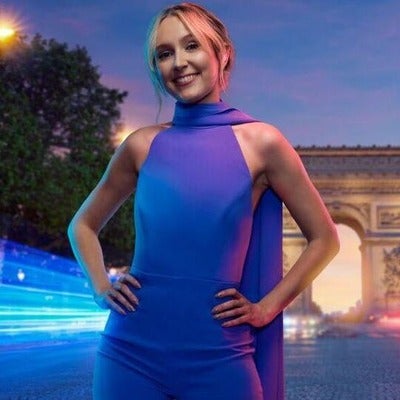
Channel 4 raised the bar for accessibility at the Paris 2024 Paralympic Games. Rose Ayling-Ellis made history as the first live sports presenter with a hearing impairment. The production team created an innovative system to support her when presenting. This system creates a framework for future live shows with deaf presenters. It demonstrates how reasonable adjustments can help disabled people achieve great things.
Natalie Diana Busari
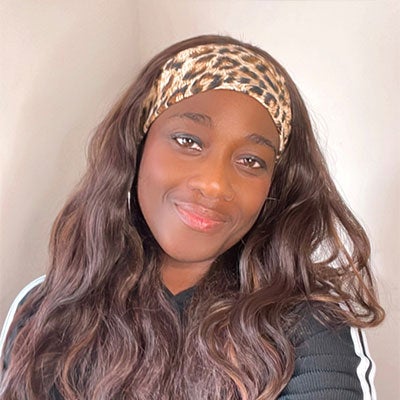
Natalie Busari has greatly impacted the lives of disabled people, especially in the Black MS community. Her nonprofit, The Nerve of My Multiple Sclerosis CIC, offers vital support. It empowers members to advocate for their health and offers a support network. In London, her outreach has raised awareness of multiple sclerosis. It has created a sense of belonging for those who often feel isolated. Natalie also supports Black MS warriors across Europe and in Nigeria and Ghana.
Lesta Woo
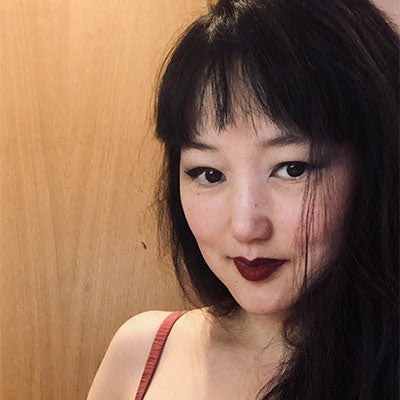
Lesta Woo is a visually impaired professional dancer. She works with Illuminate Freedom and other sight loss organisations to offer accessible dance classes for blind and visually impaired people. She has developed and teaches a unique dance method that uses echolocation, a 'blind' technique. Lesta also serves as an access consultant in the dance and theatre world. She works independently and with audio description company Soundscribe. Lesta also dances, performs and teaches alongside non-disabled people and is supported by Jamboree.
Reena Parmar
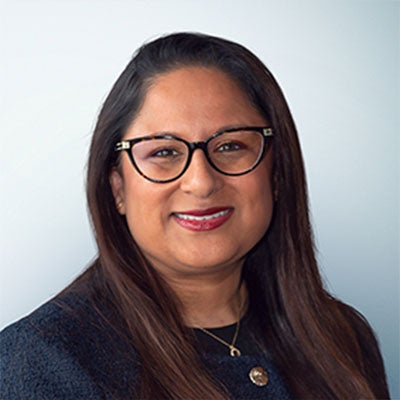
Reena Parmar is at the forefront of driving disability and neuro-inclusion in law. She chairs The Law Society's Disabled Solicitors Network (DSN). Through the DSN, she advocates for inclusion and accessibility. Reena also collaborates with others to create practical resources, and uses storytelling to raise awareness and break down barriers. Reena has mentored many disabled and neurodivergent aspiring solicitors. She regularly posts about disability inclusion on social media and has given talks on disability inclusion. She has won awards for her work.
Dr Steph Blanco
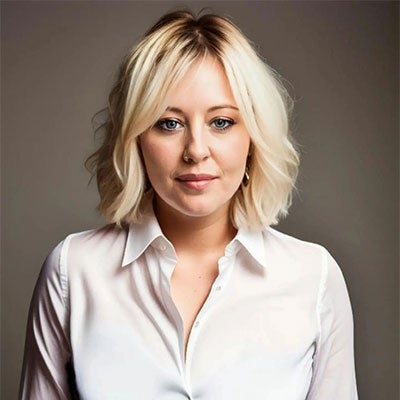
Steph Blanco champions disability equality across her work. Her research and TEDx talk about hidden disabilities have changed attitudes. Steph is Vice Chair of FND Dimensions. She also advocates for Higher Education students with complex needs. Steph’s teaching is inclusive and accessible, creating environments where disabled students feel understood. Her consultancy has helped organizations adopt inclusive practices that benefit disabled people. Steph uses her lived experience of having a hidden disability to break down barriers and help others feel recognised and understood.
Charis Townsend
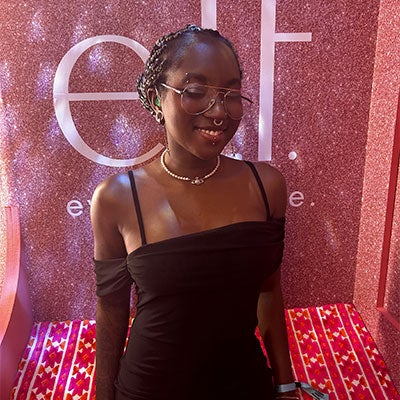
Charis Townsend is a deaf and autistic content creator. They share their love of sign language online. Charis creates educational content about autism, deafness, and BSL. They have worked with the BBC and TikTok to improve accessibility and break down barriers. Charis has also worked with Young Minds. There, they have shared their lived experience of their intersecting identities.
Jamie Shields and Celia Chartres-Aris
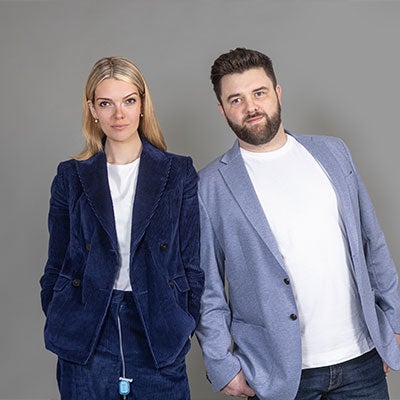
Jamie Shields and Celia Chartres-Aris created the Unlearning Ableism podcast. Their podcast hosts a diverse range of guests who share their experiences of ableism. They also created the Disabled by Society LinkedIn page. There, they share resources for Disabled people in work, education and healthcare. Their first policy paper heard from over 500 Disabled people about their lived experiences. Because of this, they turned Disabled by Society into a business while continuing to support Disabled people. And helping to educate workplaces, charities, and community groups about ableism.
Tumi Sotire
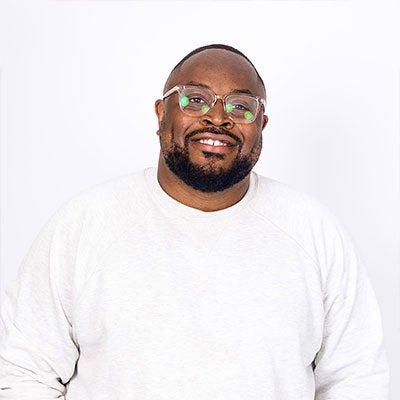
Tumi Sotire is the founder of The Black Dyspraxic. The platform is dedicated to championing intersectionality within neurodiversity. Tumi has held multiple advisory roles at organisations working for neuro-inclsuion. And is a leading voice in driving inclusion and empowerment within neurodiverse communities. He is also an accredited Clean Language Coach and works with Genius Within to coach and empower neurodiverse individuals. Tumi has won multiple awards for his work in intersectionality and neuro-inclusion.
Zara Beth
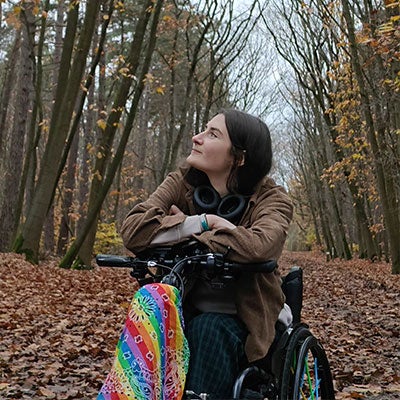
Zara Beth is a content creator, writer, musician and disability advocate. She shares her experiences as a neurodivergent, queer adult living with chronic illness. This has raised awareness and created an online community. Zara hosts forums online which give the disabled community a place to share their experiences. She also amplifies other disabled content creators. Zara has written a book about her experiences, which will be published this year.

